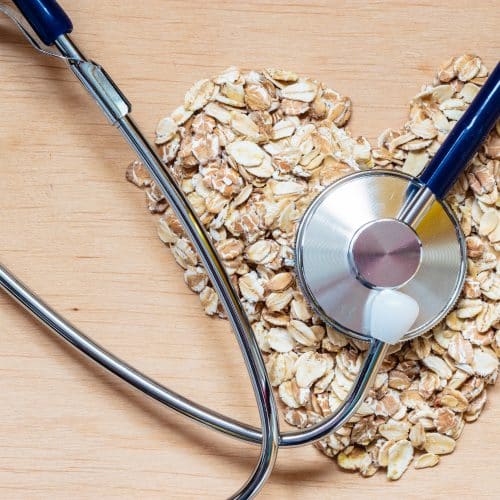Prebiotic Fiber Benefits Described by the International Scientific Association for Probiotics and Prebiotics
In August 2017, the International Scientific Association for Probiotics and Prebiotics (ISAPP) published a consensus statement on the definition and scope of prebiotics that includes consideration of some non-digestible carbohydrates. A review of the definition of prebiotics is offered with the evidence that these compounds can manipulate the host microbiome to benefit the host. Research continues to expand the scientific knowledge of what microorganisms are found in the body and what alters the microbial milieu and function. Since the initial definition of prebiotics was proposed, numerous groups including The Food and Agricultural Organization (FAO) of the United Nations (UN) and the International Scientific Association of Probiotics and Prebiotics (ISAPP) have updated the definition with the current proposed definition being “a prebiotic is a substrate that is selectively utilized by host microorganisms conferring a health benefit”. The ISAPP acknowledges that must prebiotics are currently administered orally but can be administered to other microbially-colonized body sites and that the established health effects are evolving. Currently described benefits include those to the gastrointestinal tract, cardiometabolism, mental health and bone but proving causality is challenging. Nonetheless, the ISAPP states the effects of a prebiotic on health must be confirmed in the target animal for its intended use and mediated through the microbiota. To date, research has shown beneficial effects of non-digestible oligosaccharides fructans and galactans, certain soluble fibers, and other types of dietary fibers have prebiotic effects. The ISAPP notes that substrates, including antibiotics, minerals, vitamins and bacteriophages, affecting the composition of the microbiota through mechanisms not involving selective utilization by host microorganisms are not prebiotics and that future research may identify substrates beyond non-digestible carbohydrates. For example, plant polyphenols may meet the criteria of prebiotics if additional studies in target hosts establish health benefits of metabolites. Numerous studies have evaluated the role of short-chain fatty acid metabolites, including acetate, proprionate, and n-butyrate, as metabolites of non-digestible carbohydrates in providing beneficial health effects. These studies have shown that short-chain fatty acids vary in their function but can modulate colonocyte function, gut homeostasis, energy gain, the immune system, blood lipids, appetite and renal physiology.
It is noted that the inherent differences among animal species and individuals has the potential to impact research findings and individual response. Lastly the ISAPP provides potential impact of updating the definition of prebiotics to various stakeholders including consumers, media and publishers of scientific papers, regulators, scientists, suppliers or manufacturers, and health-care providers and standards or recommendation setting organizations.
Gibson et al., state “In conclusion, prebiotics have the potential to improve human and animal health and reduce risk of diseases mediated by microbiota aberrations. The field would greatly benefit from research focused on mechanisms of action, characterizing responders or non-responders, understanding how structure relates to function of prebiotic substances and correlating that function to health outputs. The use of prebiotics to improve health cannot be, and should not be, viewed in isolation, and will be part of a wider approach for healthy nutrition and lifestyle. The capacity exists for prebiotics to be used therapeutically in the management of disease and to preventively promote health.”



